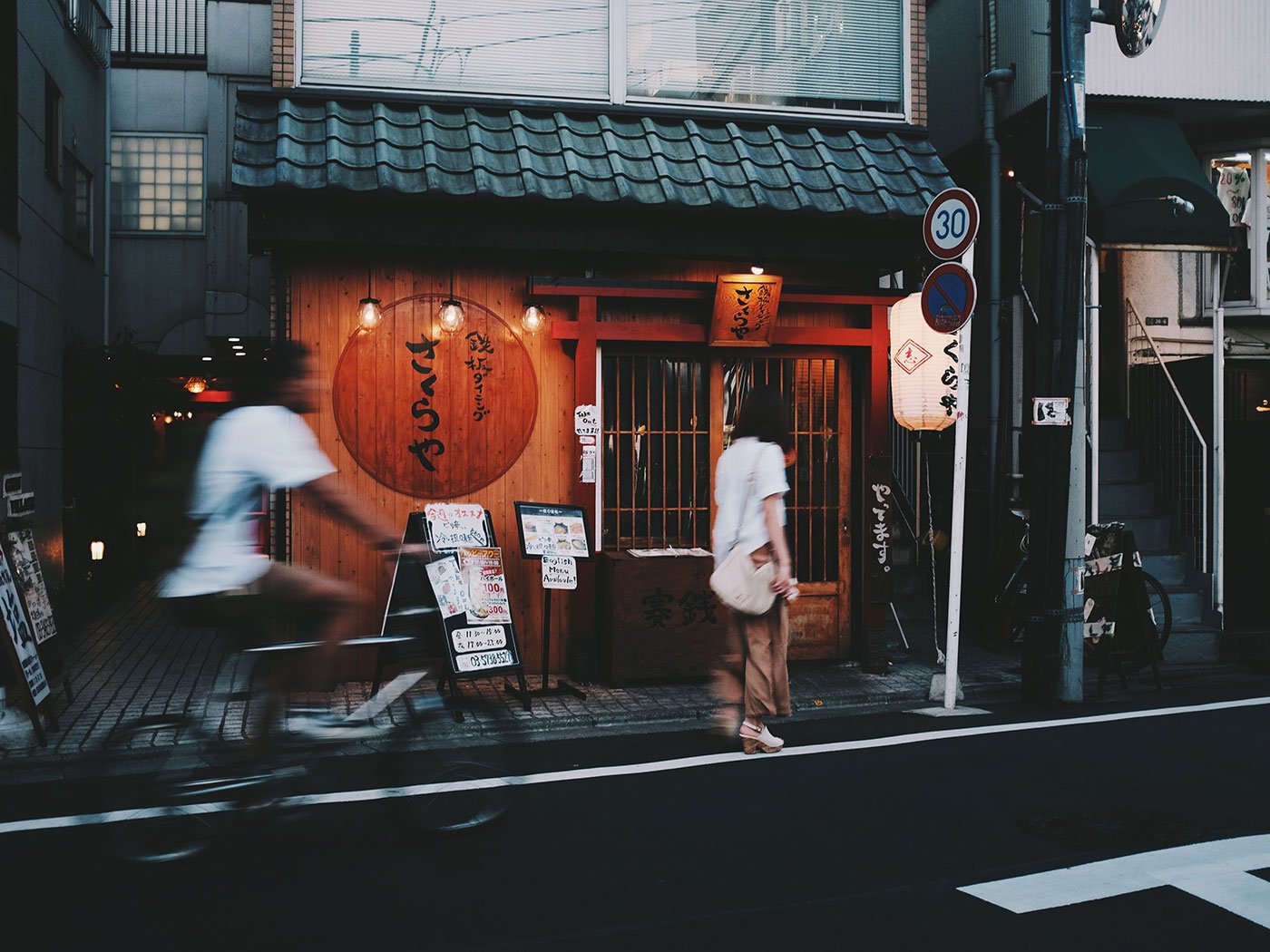Tokyo feels like it should be the last place on earth you’d find peace. Thirty-seven million people, neon everywhere, trains every two minutes, vending machines on every corner selling things you didn’t know existed. But after spending two weeks there, I discovered that this massive city has mastered something that smaller places often struggle with: the art of finding calm within chaos.
It started at Senso-ji Temple in Asakusa. I expected a tourist trap, but arrived early one morning before the crowds and found myself in this pocket of stillness that felt completely removed from the city around it. The incense, the quiet prayers, the careful movements of people preparing for their day. It was meditation disguised as everyday routine.
The real revelation came when I stopped trying to escape the urban intensity and started paying attention to how Tokyo residents navigate it. There’s this incredible mindfulness built into daily life that you only notice when you slow down enough to see it. The way people bow slightly when passing each other on narrow streets. How conversations on trains happen in whispers, if at all. The ritual precision of everything from ordering ramen to arranging shoes at temple entrances.
I spent hours in Ueno Park watching elderly people practice tai chi at sunrise, completely unbothered by the fact that they were doing this ancient, meditative practice within sight of one of the busiest train stations in the world. That contrast stopped feeling contradictory and started feeling intentional. Like the city was designed to contain both frenetic energy and deep stillness, sometimes within the same block.
The neighborhood shrines became my unexpected sanctuaries. These tiny temples tucked between office buildings and convenience stores, where salarymen would stop for thirty seconds of prayer on their way to work. No one treated this as unusual or noteworthy. It was just part of the rhythm of the city, this constant weaving between the practical and the spiritual.
What surprised me most was how the density itself became calming once I stopped fighting it. On the Yamanote Line during rush hour, packed shoulder to shoulder with commuters, there was something almost meditative about being part of this perfectly orchestrated human flow. Everyone knew exactly where they were going and how to get there with minimum disruption to others. It was chaos that had been refined into art.
The food culture embodied this same principle. Watching a ramen chef work with complete focus, turning the simple act of making noodles into something approaching ritual. Or sitting at a sushi counter where every movement had been perfected over decades, where the preparation was as important as the eating. These weren’t restaurants, they were temples to attention and craft.
I found myself adopting some of these practices without realizing it. Walking more slowly, bowing slightly to people I passed, taking off my shoes with more care. Small gestures that seemed insignificant but somehow made me more present, more aware of my surroundings and my impact on the space around me.
The gardens scattered throughout the city proved that Tokyo understands the necessity of quiet spaces. Not just parks, but these carefully designed environments where every element serves the purpose of creating calm. Rocks placed with intention, water flowing in specific patterns, paths that guide your movement and your thoughts.
By my last day, I realized that Tokyo hadn’t taught me to find zen despite being a massive city. It had shown me that scale and mindfulness aren’t opposites. That you can have millions of people living in close quarters while still maintaining space for reflection, respect, and genuine human connection. The chaos was there, but so was the peace. You just had to know how to look for it.



